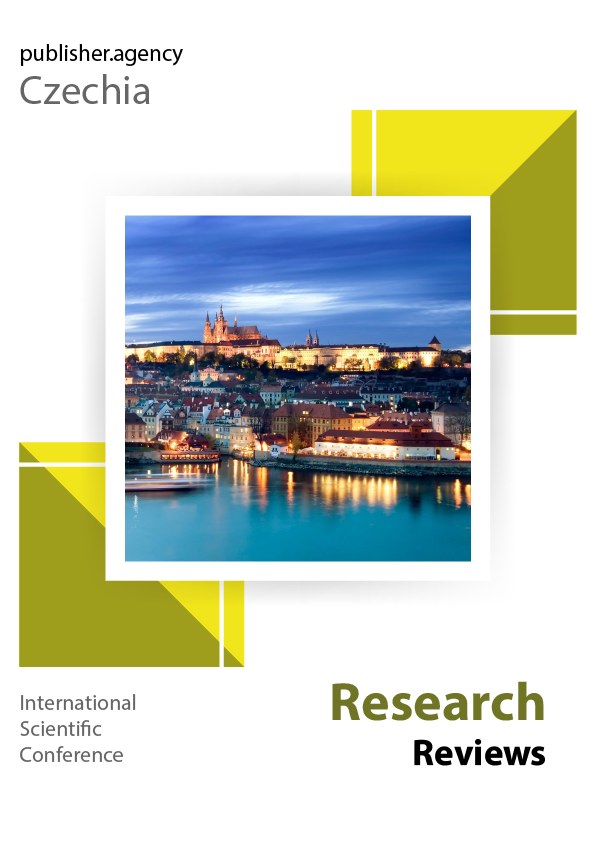Managing Competitiveness in a Globalized Economy: Comparative Lessons from Asia, Central Asia, and the CIS
Keywords:
global competitiveness, economic diversification, innovation policy, human capital, institutional environment, Asia, CIS countriesAbstract
In the ever-evolving global economy, marked by technological advancements, geopolitical tensions, and supply chain reconfigurations, the challenge of maintaining national and corporate competitiveness has become paramount. Traditional approaches, centered around resource or cost advantages, are proving to be insufficient. This research aims to compare and contrast the strategies employed by two distinct economic models: the innovation and export-driven model of developed Asian nations (illustrated by South Korea and Singapore) and the resource-based model of CIS countries (represented by Russia and Kazakhstan). Employing a comparative analysis framework, this study examines the key determinants of competitiveness, including the quality of human capital, innovation activity, economic diversification, and the institutional environment. The findings of the study indicate that Asian nations are outperforming in terms of competitiveness, thanks to their substantial investments in research and development, the cultivation of human capital, and the fostering of a supportive business environment. Conversely, the economies of the Commonwealth of Independent States (CIS) face obstacles, despite their abundant natural resources, due to their heavy reliance on the export of raw materials and the need for structural reforms. The study concludes that in the 21st century, long-term competitiveness hinges on the capacity of governments and businesses to cultivate a knowledge-based economy rather than a resource-based one
Published
How to Cite
Issue
Section
License

This work is licensed under a Creative Commons Attribution-ShareAlike 4.0 International License.

